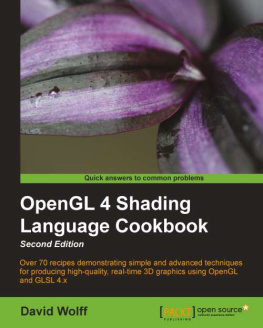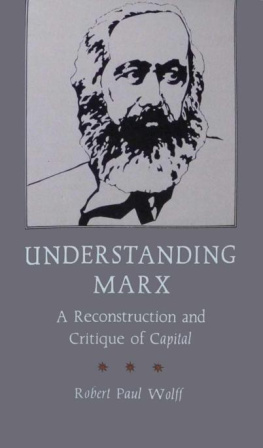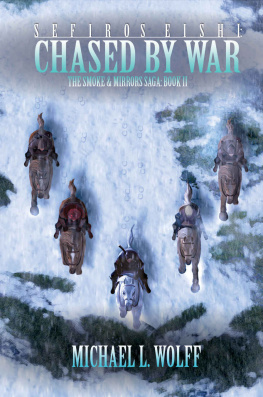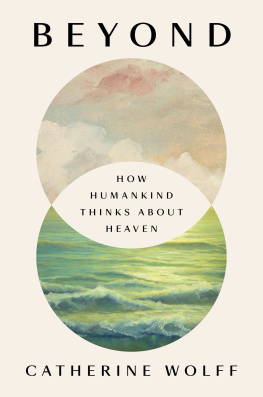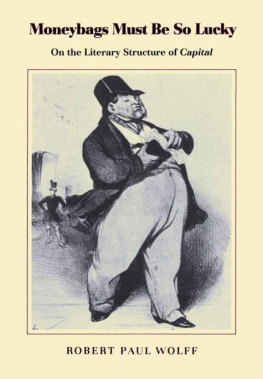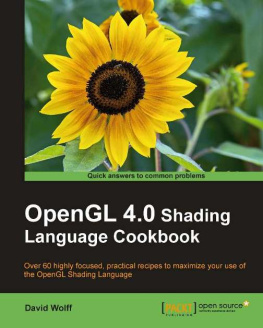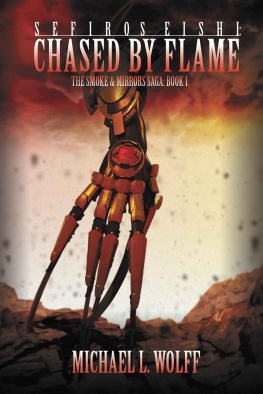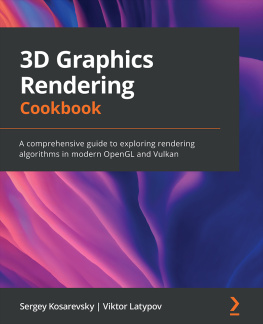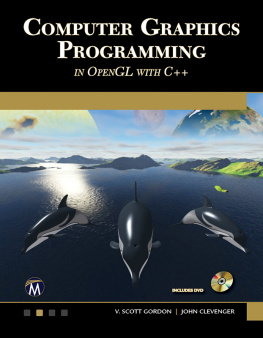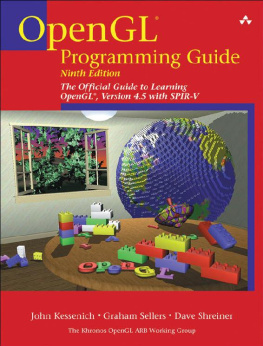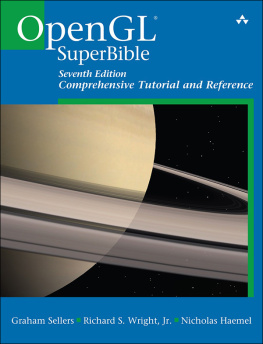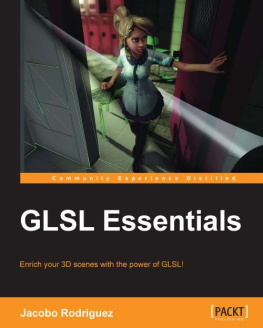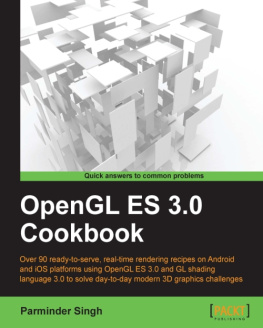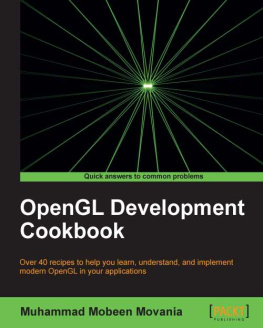Wolff - OpenGL 4 shading language cookbook
Here you can read online Wolff - OpenGL 4 shading language cookbook full text of the book (entire story) in english for free. Download pdf and epub, get meaning, cover and reviews about this ebook. City: Birmingham, UK, year: 2013, publisher: Packt Publishing, genre: Home and family. Description of the work, (preface) as well as reviews are available. Best literature library LitArk.com created for fans of good reading and offers a wide selection of genres:
Romance novel
Science fiction
Adventure
Detective
Science
History
Home and family
Prose
Art
Politics
Computer
Non-fiction
Religion
Business
Children
Humor
Choose a favorite category and find really read worthwhile books. Enjoy immersion in the world of imagination, feel the emotions of the characters or learn something new for yourself, make an fascinating discovery.
- Book:OpenGL 4 shading language cookbook
- Author:
- Publisher:Packt Publishing
- Genre:
- Year:2013
- City:Birmingham, UK
- Rating:4 / 5
- Favourites:Add to favourites
- Your mark:
OpenGL 4 shading language cookbook: summary, description and annotation
We offer to read an annotation, description, summary or preface (depends on what the author of the book "OpenGL 4 shading language cookbook" wrote himself). If you haven't found the necessary information about the book — write in the comments, we will try to find it.
Acquiring the skills of OpenGL Shading Language is so much easier with this cookbook. Youll be creating graphics rather than learning theory, gaining a high level of capability in modern 3D programming along the way.
Overview
- Discover simple and advanced techniques for leveraging modern OpenGL and GLSL
- Learn how to use the newest features of GLSL including compute shaders, geometry, and tessellation shaders
- Get to grips with a wide range of techniques for implementing shadows using shadow maps, shadow volumes, and more
- Clear, easy-to-follow examples with detailed explanations and full, cross-platform source code available from GitHub
In Detail
OpenGL Shading Language (GLSL) is a programming language used for customizing parts of the OpenGL graphics pipeline that were formerly fixed-function, and are executed directly on the GPU. It provides programmers with unprecedented flexibility for implementing effects and optimizations utilizing the power of modern GPUs. With Version 4, the language has been further refined to provide programmers with greater power and flexibility, with new stages such as tessellation and compute.
OpenGL 4 Shading Language Cookbook provides easy-to-follow examples that first walk you through the theory and background behind each technique, and then go on to provide and explain the GLSL and OpenGL code needed to implement it. Beginner level through to advanced techniques are presented including topics such as texturing, screen-space techniques, lighting, shading, tessellation shaders, geometry shaders, compute shaders, and shadows.
OpenGL Shading Language 4 Cookbook is a practical guide that takes you from the fundamentals of programming with modern GLSL and OpenGL, through to advanced techniques. The recipes build upon each other and take you quickly from novice to advanced level code.
Youll see essential lighting and shading techniques; examples that demonstrate how to make use of textures for a wide variety of effects and as part of other techniques; examples of screen-space techniques including HDR rendering, bloom, and blur; shadowing techniques; tessellation, geometry, and compute shaders; how to use noise effectively; and animation with particle systems.
OpenGL Shading Language 4 Cookbook provides examples of modern shading techniques that can be used as a starting point for programmers to expand upon to produce modern, interactive, 3D computer graphics applications.
What you will learn from this book
- Compile, debug, and communicate with shader programs
- Use new features of GLSL 4 such as subroutines, sampler objects, and uniform blocks
- Implement core lighting and shading techniques such as diffuse and specular shading, per-fragment shading, and spotlights
- Use textures for a variety of effects including cube maps for reflection or refraction
- Implement screen-space techniques such as HDR, bloom, blur filters, order-independent transparency, and deferred shading
- Utilize noise in shaders
- Use shaders for animation
- Make use of compute shaders for physics, animation, and general computing
- Learn how to use new OpenGL features such as shader storage buffer objects, and image load/store
Wolff: author's other books
Who wrote OpenGL 4 shading language cookbook? Find out the surname, the name of the author of the book and a list of all author's works by series.

